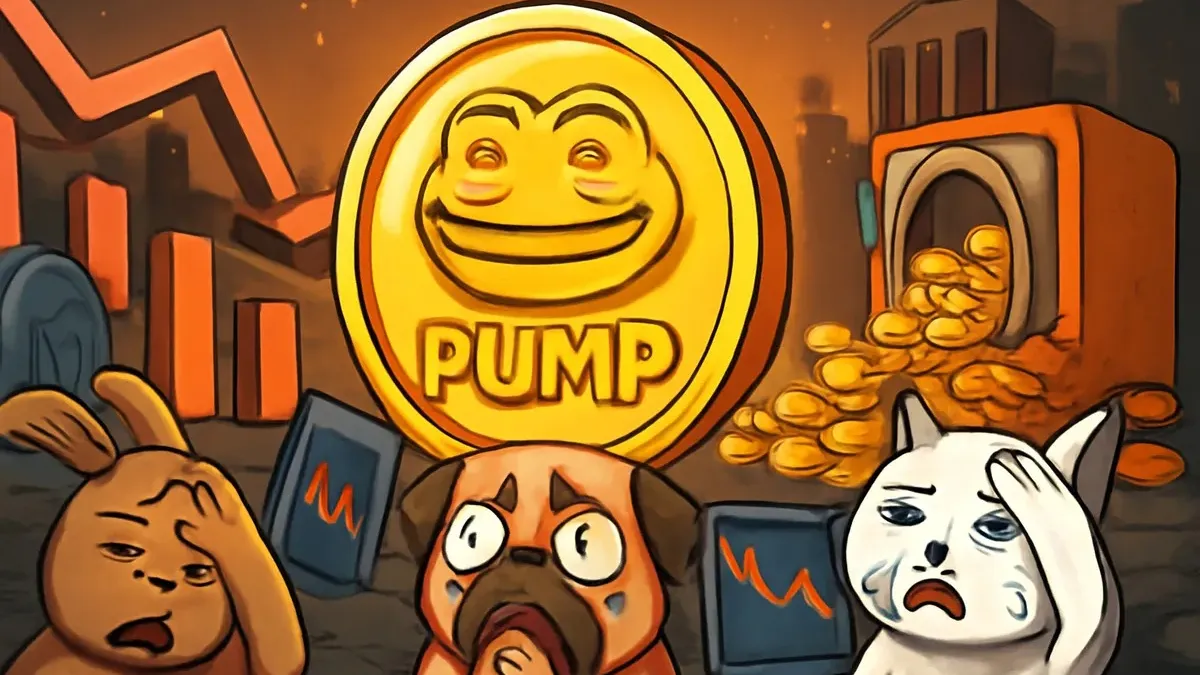
Analyzing Pump.fun's 'Fall': A Lesson in Crypto Tokenomics
Pump.fun, the platform that was once the epicenter of the Solana meme coin frenzy, is now facing a self-inflicted crisis of confidence. Instead of just looking at the community's outrage, this article will provide a deeper analysis of the strategic, economic, and psychological missteps that have led the project to this point. This can be seen as an expensive lesson in tokenomics for any future Web3 project.
1. Breaking Web3's Unwritten Social Contract: The Airdrop Problem
The first and perhaps most critical failure of Pump.fun was its misunderstanding, or willful disregard, of the crypto world's "social contract." For years, the airdrop model has become a strategic tool, not a charitable giveaway. An airdrop distributes ownership to the very users who contributed to a project's initial success, turning them from users into owners and loyal advocates. It creates decentralization, bootstraps a network effect, and builds a solid community.
Pump.fun chose a different path: a direct token sale. The decision to sell 150 billion PUMP tokens to raise an additional $600 million, right after having already raised $700 million, carries the heavy mindset of traditional finance (TradFi). It treats users as customers to be extracted from, not as partners to build with. As Steven Zheng of The Block noted, this move immediately created a "bad impression" because it completely broke the expectation of a fair airdrop that the community had anticipated.
2. Economic Analysis: Supply Exceeding Demand in a Cooling Market
From a purely economic perspective, Pump.fun's plan is extremely risky. Alice Shikova, CMO of Space ID, was correct in pointing out that the meme coin wave has cooled significantly. The "easy" speculative capital is no longer as abundant as it once was.
For the market to absorb $600 million worth of new tokens, a massive amount of net new buying pressure is required. The question is: in the current environment, where would this capital come from? Retail investors have been burned by previous meme coin peaks, and large investment funds are becoming more cautious. Releasing a colossal supply into a market with weak demand is a recipe for failure.
This not only creates sell pressure on the PUMP token itself but also risks "siphoning" liquidity from other DeFi projects. As Ray Youssef, CEO of Noones App, warned, the DeFi ecosystem's resources are finite. Concentrating too much capital into a single, high-stakes speculative event like this can weaken other, truly innovative projects and harm overall market health.
3. Market Psychology and the Collapse of Trust
The greatest damage to Pump.fun is likely not financial, but psychological. In the crypto world, where projects are often anonymous, trust is the most precious collateral.
The analogy from researcher @0xCabana is incredibly accurate: "The Pump.fun token launch is like a corrupt president running for office and promising not to embezzle this time." It has irrevocably broken trust. Once a project clearly shows its intent is a "cash grab," all future promises of community building or sustainable development become meaningless. The fact that information about a listing on the Gate exchange was mysteriously removed only worsened the picture of transparency.
In summary, the Pump.fun crisis is a case study of multiple failures: a broken social contract, flawed economic logic, and a systematic destruction of trust. This is a costly warning to the entire industry: success in Web3 requires more than just a popular product; it demands intelligent tokenomics, a deep respect for the community, and an unwavering commitment to transparency.